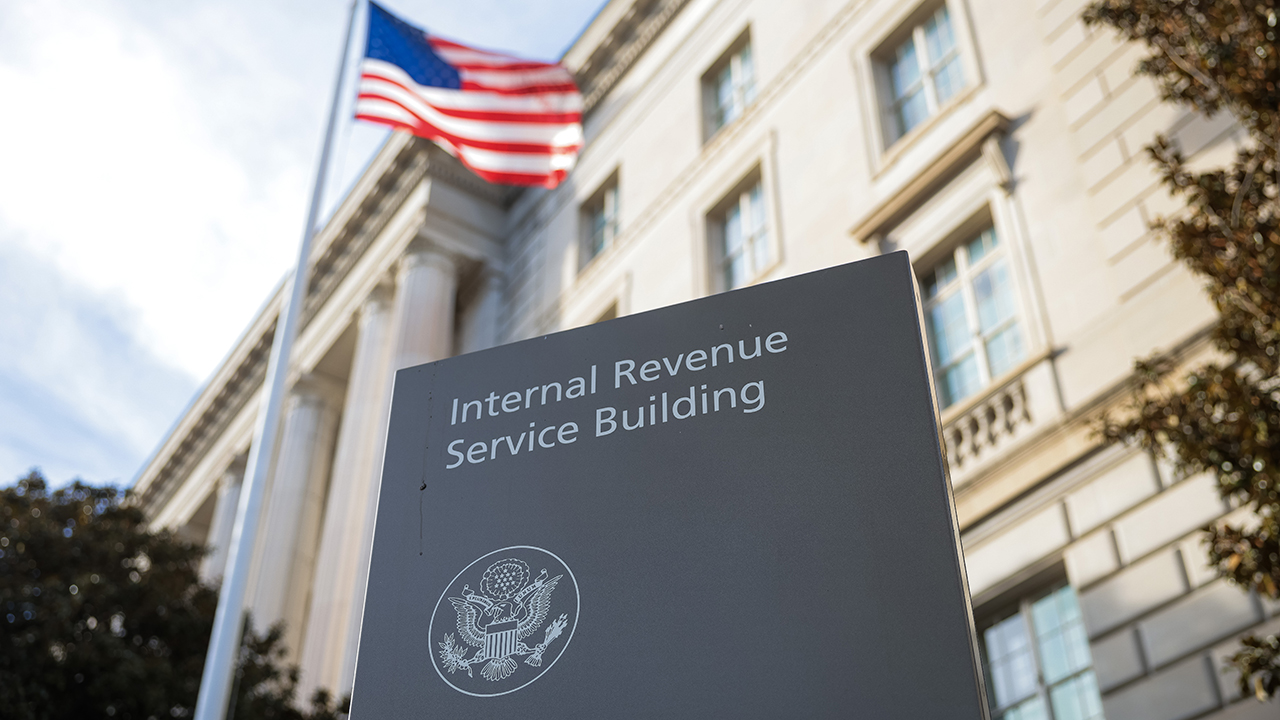USD/JPY Between Fed Constraints and Political Turbulence


In today’s Asian session on Wednesday, the USD/JPY pair appeared to be regaining some of its lost momentum after yesterday’s declines, rising toward the 147.90 level. However, this rebound, while technically important, remains clouded by doubts and questions regarding its sustainability, given the state of turmoil surrounding the U.S. dollar after President Donald Trump’s surprise decision to dismiss Lisa Cook from the Federal Reserve. This unprecedented move in the more-than-century-old history of the Federal Reserve reflects, in my view, a direct threat to the credibility and independence of the U.S. central bank, undermining one of the most critical pillars of investor confidence in American monetary policy.
The dismissal of Cook is not merely an administrative event but a political message carrying with it a clear attempt by the White House to exert control over the Federal Reserve’s decisions. With Cook gone, Trump has an open path to strengthen his influence within the board through nominees such as Steven Mnuchin or even David Malpass. These names are not far from the president’s political and ideological rhetoric, opening the door to transforming the central bank from an independent institution into a tool within domestic political struggles. In my opinion, this development may prompt international investors to reassess their relationship with the dollar, not only as a reserve currency but as an asset that is expected to be underpinned by rational, politically independent monetary decisions.
On the other hand, the Japanese yen could benefit from this American chaos, not only because it is considered a safe-haven asset during times of turbulence but also due to internal political shifts in Japan. Recent opinion polls showed a notable rise in the popularity of Prime Minister Shigeru Ishiba despite his party losing its parliamentary majority. This rebound in popularity provides the government with a measure of political stability, a factor that bolsters investor confidence in the yen and places it in a relatively stronger position compared to the dollar. In my view, these political dynamics give the yen dual support: domestically through political stability and externally through weakening trust in the dollar.
The trade agenda between Washington and Tokyo adds another layer of complexity to the picture. The return of Japan’s chief negotiator, Akazawa, to the United States this week for investment talks opens the door to varying outcomes. Should the talks move toward enhancing mutual investments, the yen could gain an additional boost in confidence, particularly if linked to a more stable investment climate. However, if negotiations stall or become laden with new tariffs and restrictions, we may witness sharp fluctuations in the pair’s movements, with the dollar remaining in a weaker position.
Yet the outlook cannot be assessed solely through political and trade lenses, as the economic factor—specifically inflation—looms large on the horizon. Global markets are awaiting Friday’s release of the U.S. Personal Consumption Expenditures (PCE) index, the Federal Reserve’s preferred gauge for determining monetary policy. With widespread expectations for rate cuts in September, any unexpected rise in inflation could swiftly shatter these hopes and force the Fed into caution. In my view, this risk places a clear cap on the dollar’s current rally, as markets have become highly cautious with any signals that could impact the policy trajectory.
In Japan, the picture is no less complicated. Thursday’s upcoming Tokyo Consumer Price Index data will provide an early read on local inflation trends. Expectations of a drop in the core rate to 2.5% suggest inflation in Japan is gradually losing steam, placing the Bank of Japan in a bind. On one hand, it must maintain an accommodative policy to prevent inflation from falling below its 2% target, while on the other, it must monitor the Fed’s moves, as sharp interest rate divergences could pressure the yen through capital flows. In my view, the Bank of Japan will continue this cautious stance, signalling to markets that any further rate hikes will be slow and contingent upon future inflation data.
Taken together, these factors reveal that the USD/JPY pair is standing at a delicate crossroads. The dollar is weighed down by unprecedented domestic political risks and exposed to inflation surprises that could derail monetary easing. Conversely, the yen benefits from relative domestic political stability and its safe-haven status but struggles with slowing inflation that may limit the Bank of Japan’s room for tightening. The balance between these forces makes any decisive break above 148.50 unlikely in the near term, with the more probable scenario being range-bound movement with a bearish tilt if dollar-related risks persist.
In my opinion, the most important elements to monitor in the coming days are not only U.S. and Japanese inflation data but also the market’s willingness to absorb political interference in Fed decisions. If investors lose confidence in the independence of the world’s most important monetary institution, the repercussions may extend well beyond the USD/JPY rate to affect all dollar-denominated assets. For investors seeking hedging strategies, the yen will remain a logical choice, especially if safe-haven dynamics coincide with structural weakness in the dollar brought on by reckless political intervention.
In this sense, current events are not just daily headlines in the currency markets but rather indicators of deeper shifts in the relationship between politics and the global monetary economy. If history teaches us anything, it is that the loss of trust in central bank independence often leaves long-lasting scars on currency stability. For this reason, I believe that markets, despite their current volatility, have already begun pricing in a new era—one defined primarily by the fragility of the dollar in the face of domestic political challenges, in contrast to currencies like the yen, which may once again play a pivotal role in the global monetary balance of power.
Technical Analysis of ( USDJPY ) Prices:
The four-hour chart of the USD/JPY pair shows continued range-bound trading near the 147.90 level, with repeated failed attempts to break through the “Golden Zone” between 148.50 and 149.00. This area represents a strong technical resistance, coinciding with the 0.5–0.66 Fibonacci retracement levels, which makes any further upside contingent upon a clear breakout and sustained price action above it.
The post USD/JPY Between Fed Constraints and Political Turbulence appeared first on European Business & Finance Magazine.













































